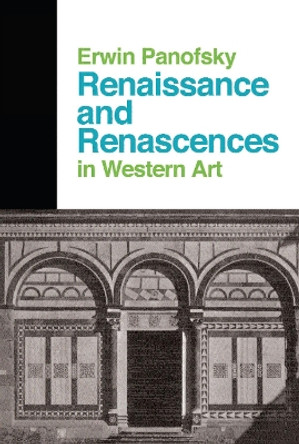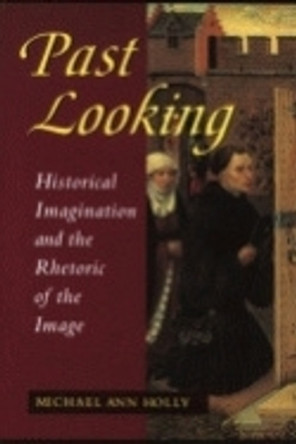Description
No one has been more influential in the contemporary practice of art history than Erwin Panofsky, yet many of his early seminal papers remain virtually unknown to art historians. As a result, Michael Ann Holly maintains, art historians today do not have access to the full range of methodological considerations and possibilities that Panofsky's thought offers, and they often remain unaware of the significant role art history played in the development of modern humanistic thought. Placing Panofsky's theoretical work first in the context of the major historical paradigms generated by Hegel, Burckhardt, and Dilthey, Holly shows how these paradigms themselves became the grounds for creative controversy among Panofsky's predecessors-Riegl, Woelfflin, Warburg, and Dvorak, among others. She also discusses how Panofsky's struggle with the terms and concepts of neo-Kantianism produced in his work remarkable parallels with the philosophy of Ernst Cassirer. Finally, she evaluates Panofsky's better known and later "iconological" studies by reading them against the earlier essays and by comparing his earlier ideas with the vision that has inspired recent work in the philosophy of history, semiotics, and the philosophy of science.
About the Author
Michael Ann Holly is Director of the Research and Academic Program at the Clark Art Institute and teaches in the graduate program at Williams College. Her other books include Visual Culture: Images and Interpretations, The Subjects of Art History: Historical Objects in Contemporary Perspective, Art History, Aesthetics, and Visual Studies, and Past Looking: Historical Imagination and the Rhetoric of Images, the latter also available from Cornell.
Book Information
ISBN 9780801498961
Author Michael Ann Holly
Format Paperback
Page Count 272
Imprint Cornell University Press
Publisher Cornell University Press
Weight(grams) 454g
Dimensions(mm) 216mm * 140mm * 19mm








